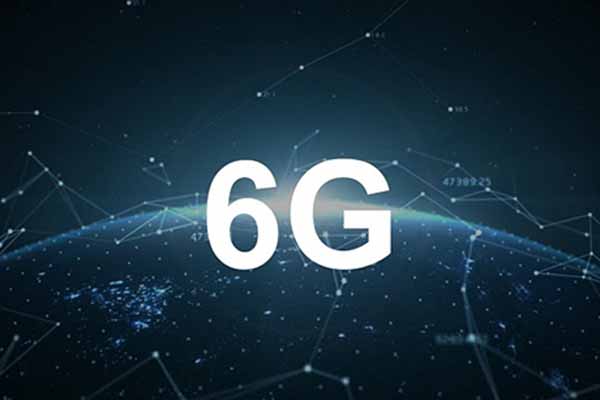In 5G,the sub-6 GHz (3.5-6 GHz) and millimetre wave (mmWave, 24-100 GHz) bands are the two new bands among the spectrum covered. In 6G, the frequency ranges under consideration include 7 to 20 GHz frequency band, W-band (above 75-110 GHz), D-band (110 GHz to 175 GHz), bands between 275 GHz and 300 GHz, and in the THz range (0.3-10 THz). The bands between 7 and 20 GHz are taken into consideration because of the need for coverage that will enable mobile and “on the go” applications for numerous 6G use cases. The W and D bands are of interest for both 6G access and Xhaul (e.g. fronthaul, backhaul) networks.
An overview of 6G spectrum deployment strategy is shown in the figure below. Note that even though by definition the THz band runs from 300 GHz to 10 THz, telecom professionals have found it simpler to classify beyond-100 GHz applications as THz communications.

What does 6G promise and what are the challenges?
By exploiting the large bandwidth in THz frequency band, 6G is expected to enable 1 Tbps data rate. However, this rate is very challenging to achieve as a large continuous bandwidth is required but in reality, bandwidths that are available for use are limited and split over different bands. Another aspect is that spectral efficiency makes a direct trade-off with the required Signal to Noise Ratio (SNR) for detection. The higher the required SNR, the shorter the respective range becomes due to transmitted power limitations at high frequencies as well as added noise. As an example, Samsung’s state-of-the-art D-band phase array transmitter prototype currently demonstrates the furthest travel distance of 120m but only achieving 2.3 Gbps. Other groups show higher data rate, but the over-the-air travel distance is only at centimetre level.
To further improve link range as well as enhance data rate, several requirements are needed to be considered when designing a 6G radio. For example, selecting appropriate semiconductors to boost link range is critical; as is picking low-loss materials with a small dielectric constant and tan loss to prevent substantial transmission loss. To further reduce transmission loss, a new packaging strategy that tightly integrates RF components with antennas is required. However, one must remember that as devices get increasingly compact, power and thermal management become even more critical.
In addition to device design, network deployment strategy is also a crucial area to research in order to address NLOS and power consumption challenges. Establishing a heterogeneous smart electromagnetic (EM) environment, for example, is being investigated utilising a wide range of technologies, such as reconfigurable intelligent surfaces (RIS) or repeaters.
6G applications
One significant change of 6G to previous communication generations is that it will now include non-terrestrial networks, which is a key development that enables conventional 2D network architectures to function in 3D space. Low Altitude Platforms (LAPs), High Altitude Platforms (HAPs), Unmanned Aerial Vehicles (UAVs), and satellites are examples of non-terrestrial networks (NTNs). We saw China send the world’s first 6G satellite in November 2020. In 2022, Huawei tested the NTN 6G networks using LEO (Low Earth Orbit) satellites. More and more activities in this area show that NTN networks will be a key development trend.
Communications aside, 6G is expected to tap into the world of sensing, imaging, wireless cognition, and precise positioning. In 2021, Apple patented its THz sensor technology for gas sensing and imaging in iDevice. Huawei also tested several Integrated Sensing and Communication (ISAC) prototypes. Many more studies and trials are underway to fully leverage the potential of 6G THz frequency bands.














